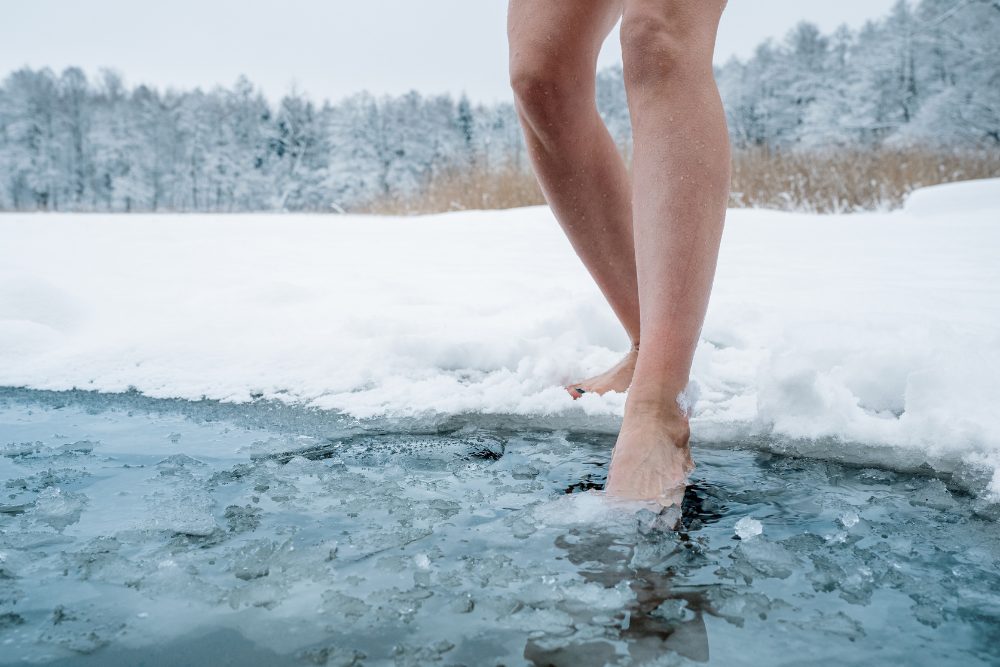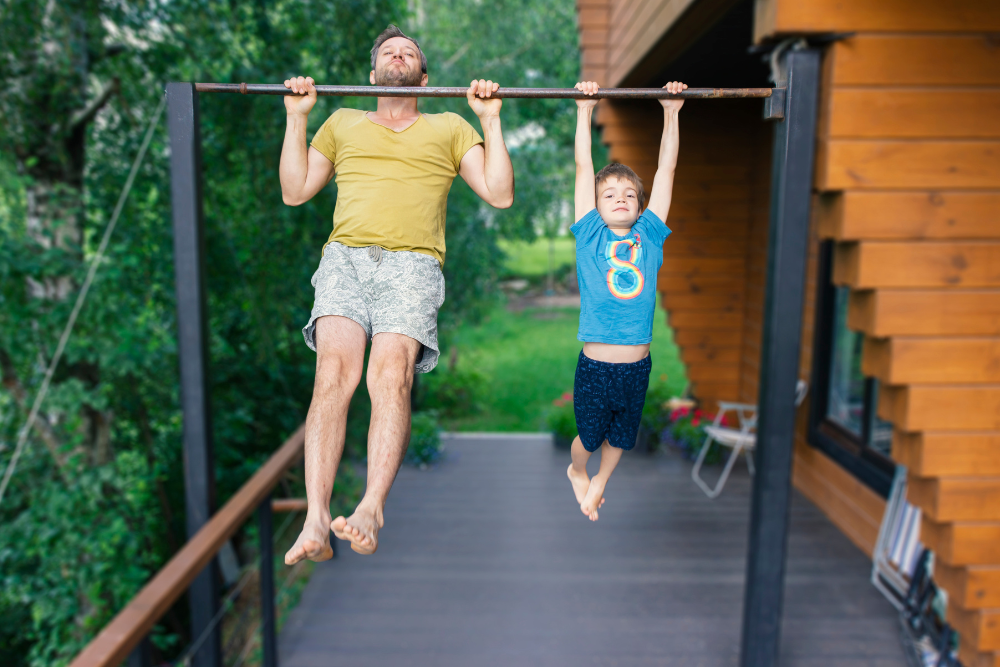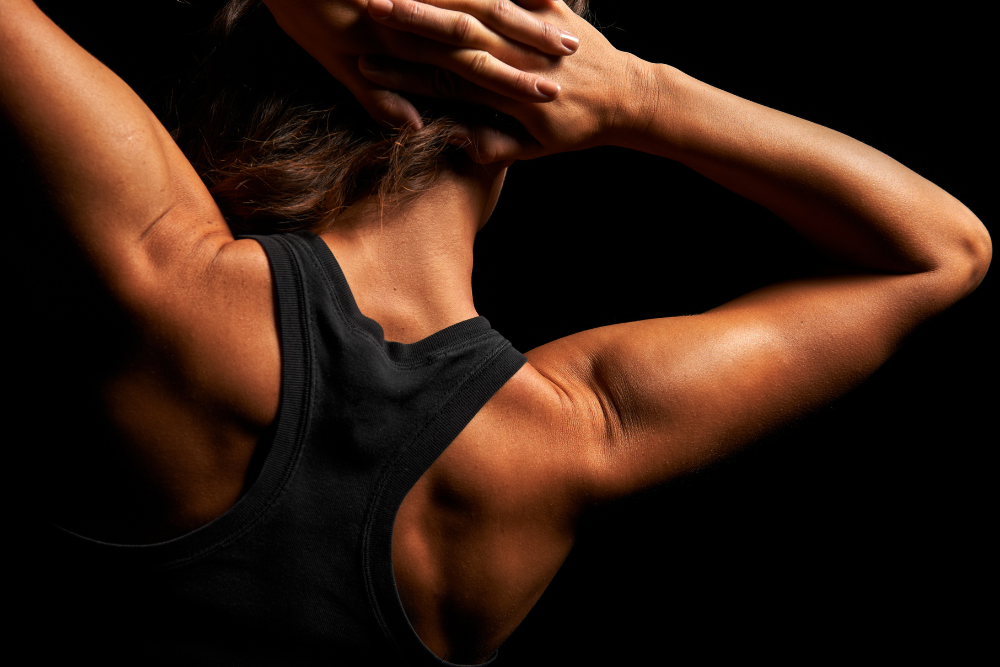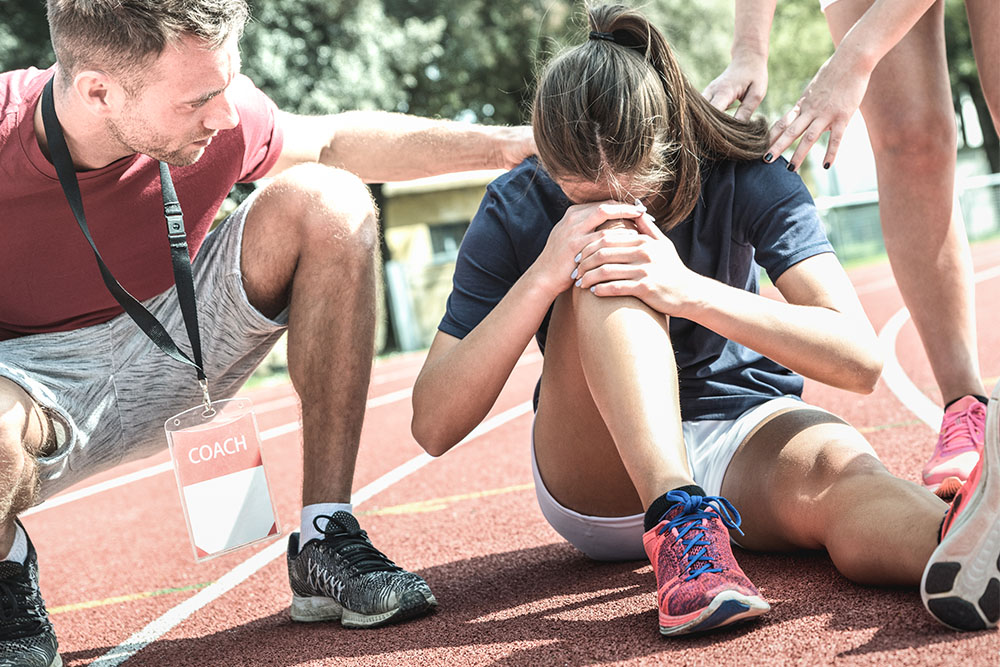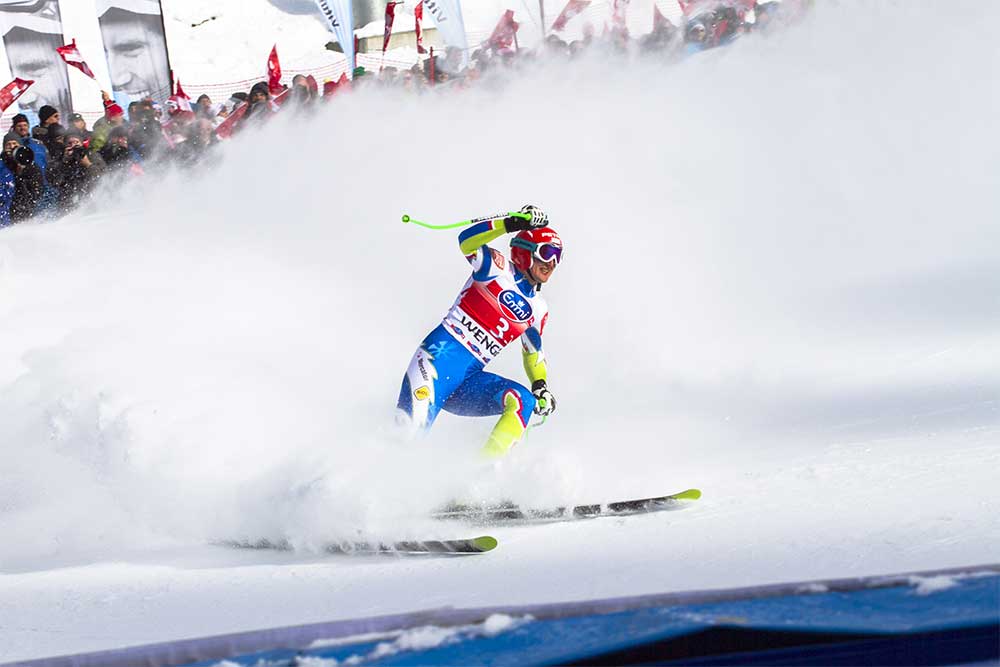Brain Growth with Exercise
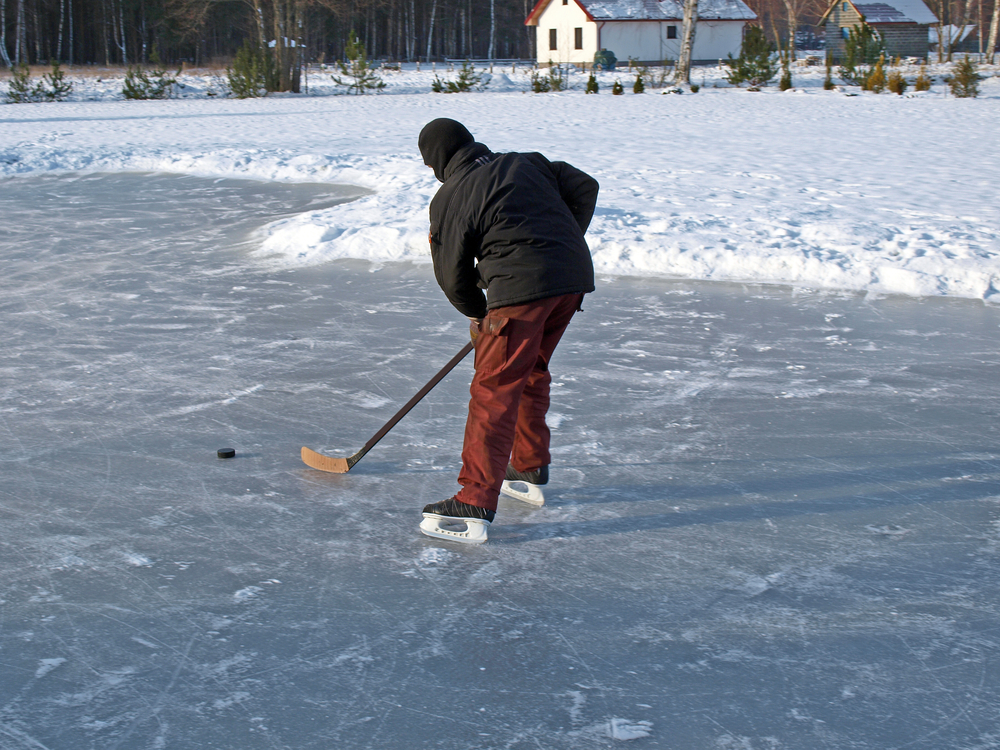
Contributed by Julia C. Basso, PhD, Post-doctoral Research Associate at the Center for Neural Science and New York University
Brain Growth with Exercise
The hippocampus, a seahorse-shaped structure located in the medial (middle) temporal lobe, is a brain area involved in learning and memory. This structure is essential for the formation of our long-term memories as well as helping us to navigate around our environment. The hippocampus is unique in that it is one of the only brain regions where new brain cells are produced, a process known as neurogenesis. The other location where this occurs is the olfactory bulb, a brain region involved in our sense of smell.
Even though neurogenesis occurs throughout the lifespan, even into old age, the hippocampus shrinks as we age (Juraska & Lowry, 2012), which is thought to contribute to the propensity for some elderly individuals to forget once learned information and/or to get lost in once familiar locations. This is supported by studies which found that the greater the loss of hippocampal tissue, the greater the decline in these hippocampal-dependent behaviors (Grundman et al., 2003).
In some individuals, this progression of hippocampal loss eventually leads to clinically diagnosed conditions such as Mild Cognitive Impairment (MCI) or Alzheimer’s disease (AD) (Schuff et al., 2009). AD is characterized in early stages by deficits in learning and memory, with a progression towards problems in language, movement, and mood. This extension of symptoms is thought to be due to the underlying cellular-molecular pathology spreading from hippocampal regions to other, more frontal, cortical areas including the prefrontal cortex.
Aging and Production
On top of the age-related cell loss in the hippocampus, the production of new neurons decreases as we age (Kuhn et al., 1996), resulting in the aging hippocampus facing net tissue loss from two independent factors. Finding ways to decrease cell loss and increase cell growth is thus imperative in staving off age-related cognitive decline. Fortunately, researchers have found one solution not typically prescribed in the medical field: EXERCISE.
Relatively recently, it was discovered that neurogenesis can be slowed down or sped up depending upon environmental influences, meaning that people are able to regulate neurogenesis in their own brains through modifications to lifestyle and behavior. For example, stress, drug use and depression cause the proliferation of new neurons to significantly decrease (Opendak & Gould, 2015). Exercise, on the other hand, significantly increases neurogenesis (van Praag et al., 1999).
 Brain and Body Over Time
Brain and Body Over Time
In one study of the ability of behavior to modulate neurogenesis, researchers compared young and old mice that either remained sedentary or had unlimited access to a running wheel for 45 days (van Praag et al., 2005). Mice with access to the running wheel chose to run over 2.5 miles per day. Consequently, this is comparable to a good daily workout for any human.
In the sedentary (control) group, young mice produced significantly more new neurons than old mice, as was expected. In the exercise groups, running significantly enhanced the rate of neurogenesis in both young and old rodents, with old exercised rodents exhibiting similar levels of neurogenesis to the young, sedentary mice. This remarkable study suggests that exercise can restore age-related declines in new cell growth in the brain! Further, the new neurons in both the old and young runners were similar in shape and structure, suggesting that age did not affect the health of these new cells.
This study highlights the effectiveness of physical activity in increasing hippocampal neurogenesis in the aged rodent brain, but how does this apply to humans? For technical reasons, unlike in rodents, we cannot directly assess neurogenesis in humans.
Brain Sizing
However, researchers can use magnetic resonance imaging (MRI) to evaluate the size of certain brain regions as a proxy measure. Erickson and colleagues (2011) undertook a randomized controlled study to examine the effects of moderate-intensity aerobic exercise on hippocampal size. 120 healthy older adults (ages 55-80) were randomly assigned to either a walking group or a stretching and toning, control group. Subjects participated in either 40 minutes of walking or stretching and toning, three times per week for one year.
The size of the hippocampus was analyzed using MRI both before and after the one-year intervention. The control group showed a 1.4% decrease in the size of the hippocampus, whereas the aerobic exercise group showed a 2% increase! This indicates that exercise is not only able to prevent normal age-related loss of the hippocampus but also increase hippocampal volume, as was suggested by the rodent studies.
Learning and Memory
The functional purpose of neurogenesis is still unknown; however, one hypothesis is that it supports pattern separation, or the ability to distinguish between two very similar stimuli or events, a process essential to learning and memory. Therefore, another way to indirectly assess neurogenesis is to examine the behavior of pattern separation. One recent study examined the effects of 6 weeks of high-intensity interval training (HIIT) (sprint running on an outdoor track) on pattern separation in 13 healthy but sedentary young adults (Déry et al., 2013). Testing of pattern separation and cardiopulmonary fitness (VO2 max) occured before and after the 6-week exercise program,
Subjects were then classified as either responders (i.e., those that showed a large increase in VO2 max) or non-responders (i.e., those that showed no or a small increase in VO2 max). Compared to non-responders, responders showed a significantly greater improvement in pattern separation scores. Further, the greater the improvement in VO2 max, the more subject’s increased their scores on the pattern separation task. These results indirectly suggest that HIIT increases neurogenesis in young, healthy adults. Therefore, e need future research to determine whether a similar type of HIIT supports neurogenesis in elderly populations.
Conclusions
These reports indicate that incorporating a regular exercise routine, and specifically aerobic exercise, into your daily regimen can not only prevent age-related degeneration but increase the size of the brain’s most important learning and memory structure – the hippocampus. Animal research has shown that in certain rodent strains, greater levels of running equate to greater levels of neurogenesis (Allen et al., 2001). The human study discussed here utilized walking as their exercise intervention. As a result, we can hypothesize that a more strenuous form of exercise would produce even greater increases in hippocampal size. Future research is needed to see whether more strenuous forms of exercise, like HIIT, are more effective at producing greater increases in brain volume in the elderly.
References:
Allen, D. M., van Praag, H., Ray, J., Weaver, Z., Winrow, C. J., Carter, T. A., … & Barlow, C. (2001). Ataxia telangiectasia mutated is essential during adult neurogenesis. Genes & development, 15(5), 554-566.
Déry, N., Pilgrim, M., Gibala, M., Gillen, J., Wojtowicz, J. M., MacQueen, G., & Becker, S. (2013). Adult hippocampal neurogenesis reduces memory interference in humans: opposing effects of aerobic exercise and depression. Frontiers in Neuroscience, 7, 66.
Erickson, K. I., Voss, M. W., Prakash, R. S., Basak, C., Szabo, A., Chaddock, L., … & Kramer, A. F. (2011). Exercise training increases size of hippocampus and improves memory. Proceedings of the National Academy of Sciences,108(7), 3017-3022.
Grundman, M., Jack, C. R., Petersen, R. C., Kim, H. T., Taylor, C., Datvian, M., … & Thal, L. J. (2003). Hippocampal volume is associated with memory but not nonmemory cognitive performance in patients with mild cognitive impairment. Journal of Molecular Neuroscience, 20(3), 241-248.
Juraska, J. M., & Lowry, N. C. (2012). Neuroanatomical changes associated with cognitive aging. In Behavioral Neurobiology of Aging (pp. 137-162). Springer Berlin Heidelberg.
Kuhn, H. G., Dickinson-Anson, H., & Gage, F. H. (1996). Neurogenesis in the dentate gyrus of the adult rat: age-related decrease of neuronal progenitor proliferation. The Journal of neuroscience, 16(6), 2027-2033.
Opendak, M., & Gould, E. (2015). Adult neurogenesis: a substrate for experience-dependent change. Trends in cognitive sciences, 19(3), 151-161.
Schuff, N., Woerner, N., Boreta, L., Kornfield, T., Shaw, L. M., Trojanowski, J. Q., … & Disease Neuroimaging Initiative. (2009). MRI of hippocampal volume loss in early Alzheimer’s disease in relation to ApoE genotype and biomarkers.Brain, 132(4), 1067-1077.
Van Praag, H., Kempermann, G., & Gage, F. H. (1999). Running increases cell proliferation and neurogenesis in the adult mouse dentate gyrus. Nature neuroscience, 2(3), 266-270.
You Might Like:


